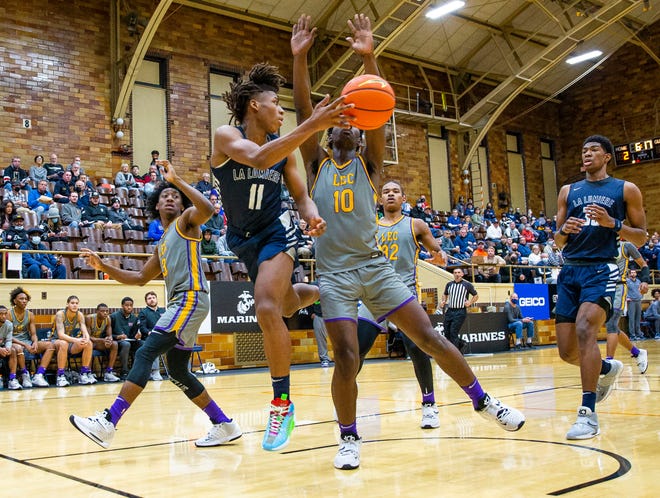Basketball Positions Guide: Master Every Role
Every great team thrives on balance, strategy, and clarity of purpose. Central to this harmony is an understanding of basketball positions, the five distinct roles that define the rhythm and flow of the game. From the agility of the guard to the dominance of the center, each role requires unique skills and responsibilities. Mastery of these positions unlocks not only individual potential but also collective excellence on the court.
The Point Guard Positions: The Floor General
Often referred to as the “coach on the court,” the point guard orchestrates the offense with vision and composure. Their responsibilities extend beyond scoring, focusing heavily on distribution, tempo control, and decision-making. A successful point guard possesses impeccable ball-handling, quick reflexes, and the ability to read defenses like an open book. They are the bridge between strategy and execution, ensuring that plays unfold with precision.
The Shooting Guard Positions: The Scoring Specialist
This role thrives on versatility and offensive firepower. Shooting guards are tasked with stretching defenses through perimeter shots, but they must also be adept at slashing into the lane. Beyond scoring, their defensive assignments are often demanding, requiring stamina and agility to challenge opposing perimeter threats. Confidence and composure define this role, especially in high-pressure moments when points are desperately needed.
The Small Forward: Positions The All-Rounder
Known for adaptability, the small forward is perhaps the most dynamic role on the court. Combining strength, agility, and versatility, these players can attack the rim, hit outside shots, and defend multiple positions. They embody balance—able to rebound like a big man, pass like a guard, and score from virtually anywhere. Their versatility makes them indispensable, especially in modern strategies that emphasize fluidity over rigid structures.
The Power Forward: The Enforcer
This position blends physicality with finesse. Power forwards dominate near the basket, setting screens, grabbing rebounds, and finishing plays with authority. Yet the modern evolution of the game has expanded their role to include outside shooting, making them threats from mid-range or beyond the arc. Their dual capacity to muscle inside and stretch the floor reflects the changing demands of contemporary basketball.
The Center: The Anchor
Traditionally the tallest player, the center protects the paint and controls the boards. Defense is their fortress—blocking shots, altering drives, and imposing their presence beneath the rim. Offensively, they serve as reliable finishers, capitalizing on post moves, put-backs, and pick-and-roll opportunities. A dominant center can alter the course of a game by controlling the interior, both offensively and defensively.
The Interplay of Roles
While each position carries unique responsibilities, success lies in their synergy. Guards rely on big men for screens and inside presence, while forwards depend on guards to space the floor. This interdependence forms the foundation of team basketball, where roles may differ but the objective remains unified—victory through collaboration.
Evolution of Roles in Modern Basketball
Traditional boundaries between roles have blurred. Guards now rebound and initiate fast breaks, while forwards handle the ball and create plays. Stretch forwards and shooting centers are reshaping strategies, emphasizing versatility over specialization. Modern systems demand players who can fluidly adapt, challenging the rigid definitions of the past.
Defensive Responsibilities Across Roles
Defense remains the great equalizer. Guards apply perimeter pressure, disrupting passing lanes and forcing turnovers. Forwards provide versatile switches, adapting to multiple assignments. Centers anchor the defense, intimidating drives and controlling rebounds. A cohesive defense, woven from the strengths of each role, can suffocate even the most prolific offenses.
The Mental Aspect of Roles
Beyond physical skills, mentality distinguishes great players. Point guards must remain calm under pressure, shooters must maintain confidence through slumps, and big men must embrace the grind of physical battles. Emotional intelligence, leadership, and resilience are as vital as athletic ability, shaping not just performance but also team culture.
Mastering roles on the basketball court is about more than technical proficiency. It demands understanding responsibilities, embracing adaptability, and harmonizing with teammates. From the floor general to the towering anchor, every role contributes to the art and science of the game. Success comes not from individual brilliance alone but from the seamless interplay of diverse talents working in unison.

